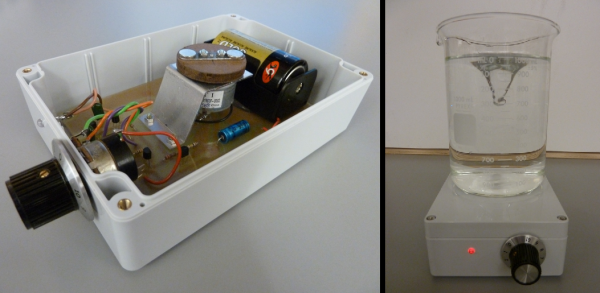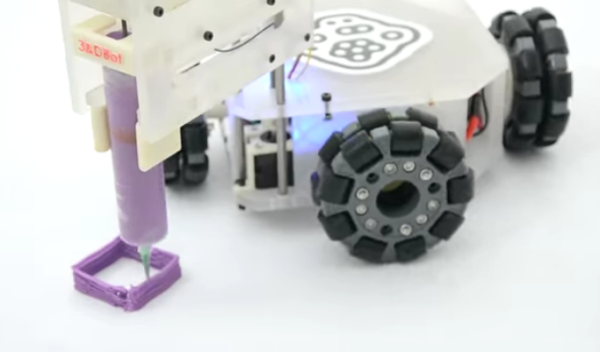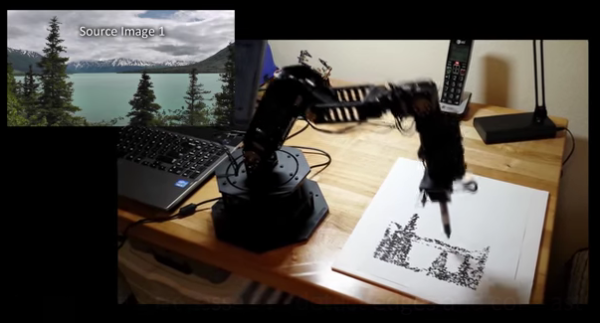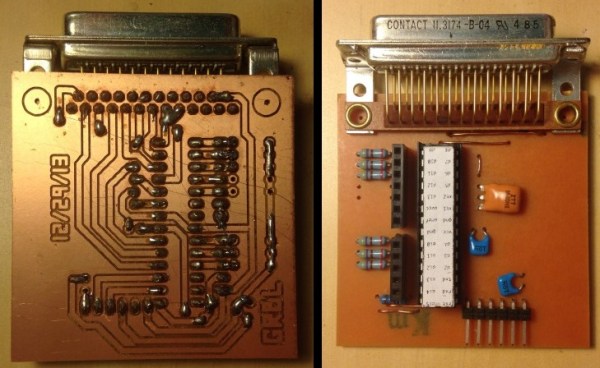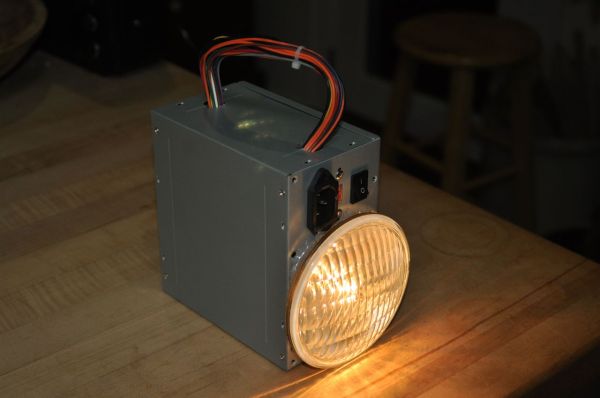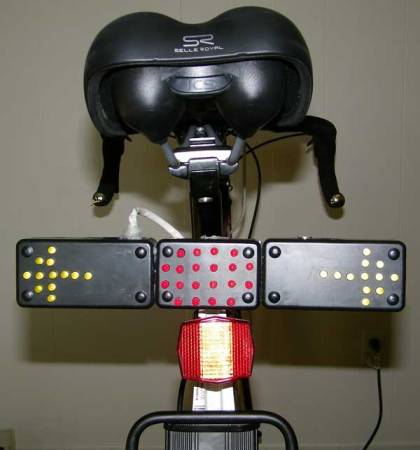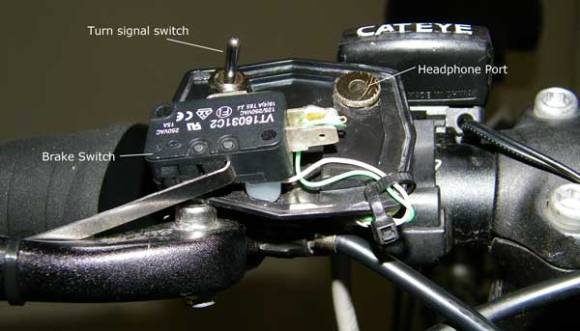You’d be hard pressed to find someone who didn’t think secret doors are cool. They can come in many different forms, a built-in book case, a fake fireplace or even the rudimentary trap door under the rug. [oggfaba] has created a sweet secret door to enter his house. It is so well done there is no need for an architectural detail to hide it, it’s right there in plain sight.
To the unknowing onlooker, the rear of the house looks as any should with a window and water spigot. That water spigot is actually non-functional and acts as a door knob. The door-part of this secret door is just a standard fiberglass exterior door fitted with an electronic deadbolt and covered in exterior siding painted to match the rest of the house.
There are two methods to lock and unlock the door. There is a fob that can remotely unlock the installed deadbolt. There is also a keypad hidden under its own mini-secret door disguised as house siding material. There was no hacking involved with the deadbolt, keypad or remote. The Morning Industry QF-01SN deadbolt is available off the shelf with both unlocking options.


